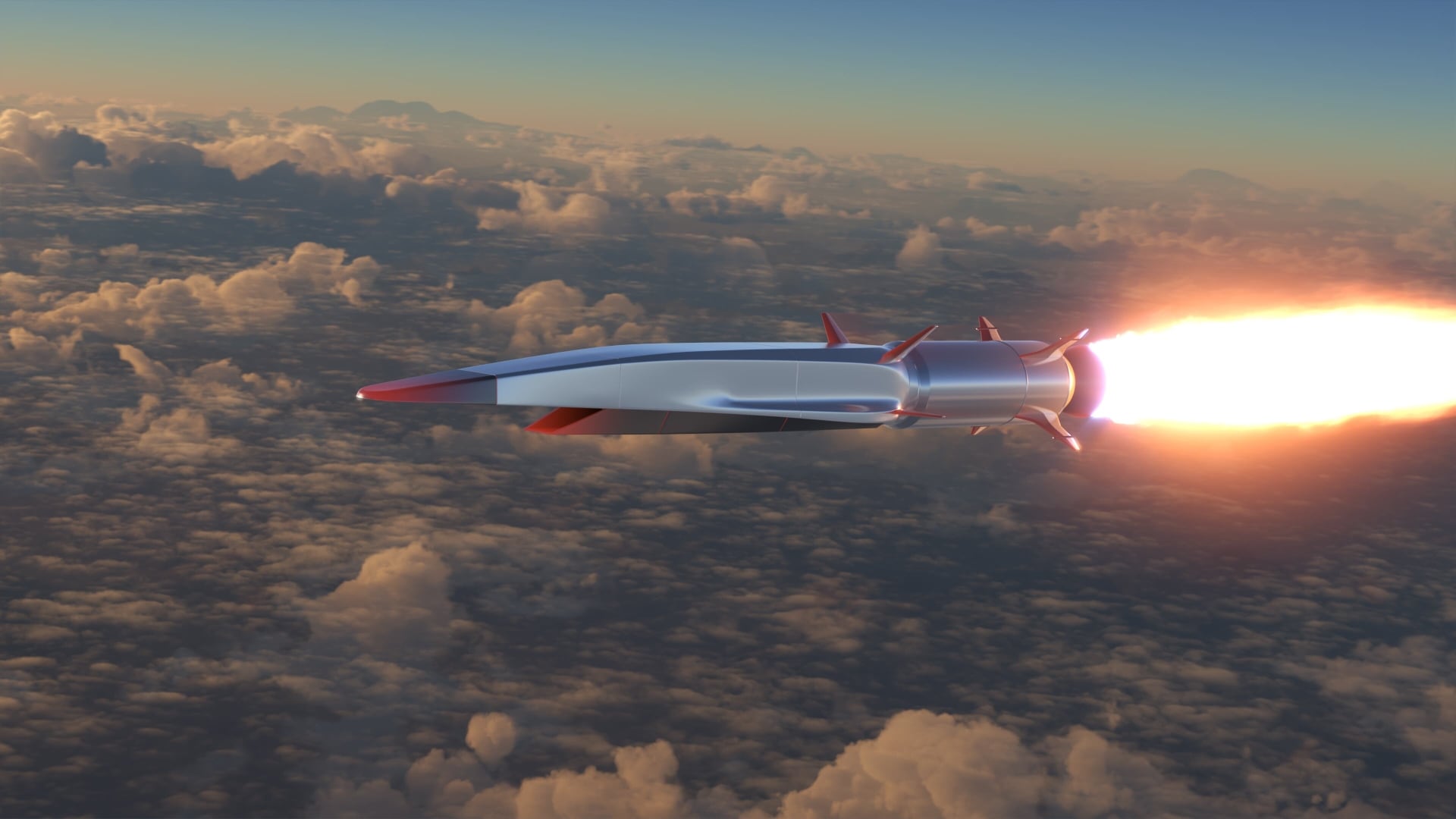WASHINGTON — Defense Secretary Jim Mattis has called for reviews of the F-35 and Air Force One replacement programs in the hopes of isolating new ways to drive down the price of both platforms, the Pentagon announced today.
The announcement follows weeks of criticism by President Donald Trump, who has repeatedly faulted both aircraft programs for being too expensive. A Pentagon spokesman notes that the reviews "are a prudent step to incorporate additional information into the budget preparation process," indicating that the Trump administration may be willing to shake up the 2018 budget with alterations to each program of record.
According to Mattis' Jan. 26 memo, the F-35 review will identify opportunities to lower the cost of the Lockheed Martin-manufactured joint strike fighter while maintaining the jet's current requirements. It also calls for an assessment on whether an advanced Super Hornet, made by Boeing, can provide a "competitive, cost-effective fighter aircraft alternative" to the F-35C, the Navy's carrier-launched variant.
The review of the Presidential Aircraft Recapitalization program — the Pentagon's formal name for the Air Force One replacement — will aim to reduce the cost of the program by potentially lowering requirements in areas such as autonomy, power generation, cooling, survivability and communications, Mattis wrote in a second memo. The Air Force selected Boeing to build two new Air Force One aircraft in 2015.
Trump and Boeing CEO Dennis Muilenburg have met twice since Dec. 5, when the president tweeted that the program should be cancelled. After the latest meeting at Trump Tower on Jan. 17, Muilenburg told reporters that he and Trump had made "some great progress on simplifying the requirements for Air Force One." That, and using commercial practices, would lead to "substantial cost reduction" on the program, which Trump has said will cost about $4 billion.
Meanwhile, the joint strike fighter program review opens up the possibility that the Navy could replace a portion of its F-35C buy with advanced Super Hornets instead — a boon to Boeing and a major hit to Lockheed. Trump has alluded to his desire to see the Super Hornet emerge as a competitor to the F-35, tweeting in December that "based on the tremendous cost and cost overruns of the Lockheed Martin F-35, I have asked Boeing to price-out a comparable F-18 Super Hornet!"
Boeing's "advanced Super Hornet" includes modifications such as a new cockpit, conformal fuel tanks and sophisticated sensors and radar, and the company offers it as an entire aircraft or a menu of upgrades to existing F/A-18s. The Navy has adopted some of the offerings, such as a new jammer and active electronically scanned array(AESA) radar.
Lockheed Martin is confident that the review will prove that the F-35's stealth and sensor capability is critical for meeting the requirements of all the military services, the company stated in a news release. However, it acknowledged that more could be done to lower costs.
"We also believe there are opportunities to continue to drive down program costs by using sound buying practices such as multi-year procurement that enable the government to purchase thousands of critical components at an economic scale," the company added. "With more than 200 aircraft delivered and initial operating capability declared by the U.S. Marine Corps and U.S. Air Force, we are confident that now is the right time to begin taking advantage of this and other proven smart buying strategies."
Deputy Defense Secretary Bob Work is charged with overseeing both reviews, and results must be made available to support budget planning decisions, which are likely to happen late this spring, the memos stated.
A Boeing spokeswoman stated that the company looks forward to working with the Pentagon and "providing any information requested as they move forward with these reviews."
Valerie Insinna is Defense News' air warfare reporter. She previously worked the Navy/congressional beats for Defense Daily, which followed almost three years as a staff writer for National Defense Magazine. Prior to that, she worked as an editorial assistant for the Tokyo Shimbun’s Washington bureau.








